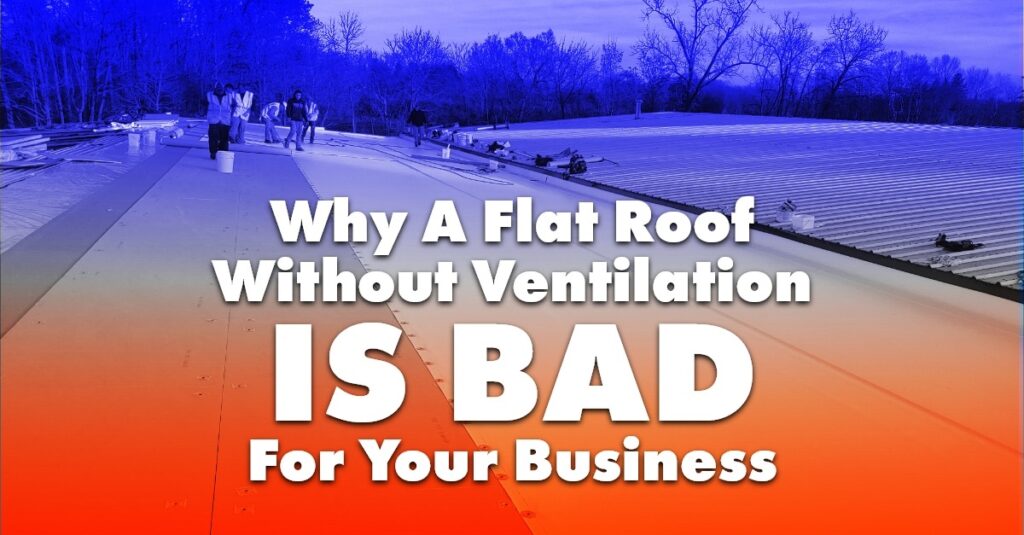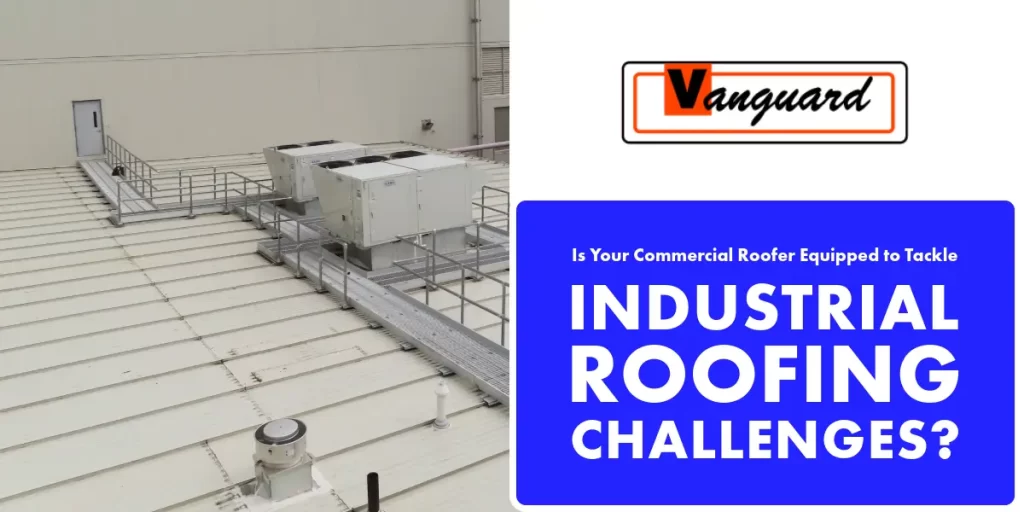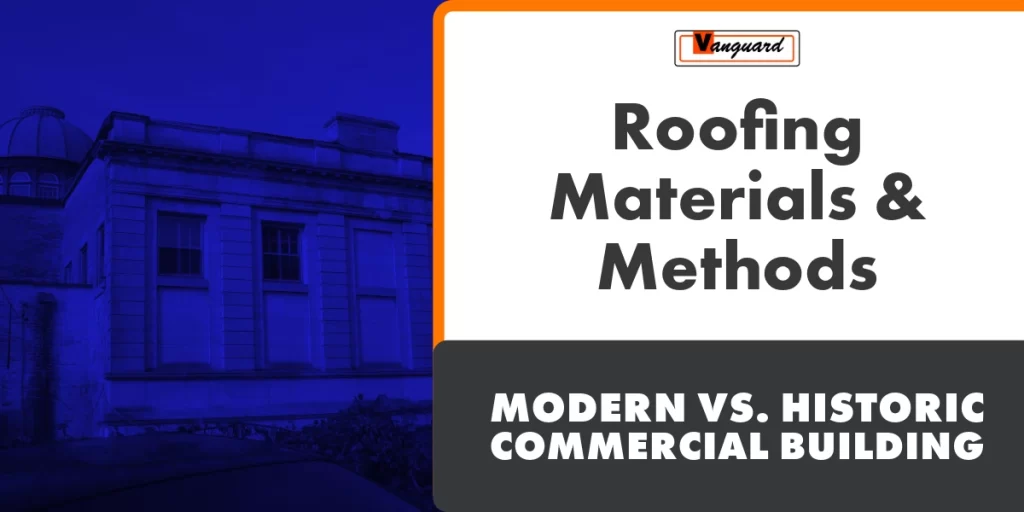Our highways are less cluttered thanks to HOVs (high-occupancy vehicles); sports enthusiasts love their ATVs. How about an FOV? The FOV is a Fish-Operated Vehicle, and it really exists. Oh, don’t worry — FOVs won’t be crowding you out on the roads. But is a low-slope or flat roof without ventilation like a fish without a vehicle? No, a goldfish go-kart gives a chuckle but does no harm, while a low-slope roof without ventilation can destroy your business. Gulp!
Breathe Free, My Friend!
Goldfish are incapable of breathing air; they get along just fine in a wheeled tank of water. Your commercial property’s roof, however, needs to breathe. Proper ventilation keeps the air inside your roof deck at the same humidity and temperature levels as the outside air — that is ideal! Insulation separates your roof deck from your building’s interior air.
Consider the interior building air. Your company spends a small fortune treating, cleaning, heating, cooling, and humidifying air, day in and day out. It has to be clean for your employees and customers to breathe freely. It should not mix with the air in your roof deck, ever.
Good circulation and adequate ventilation for your roof mean fresh air is constantly moving into the roof deck and then out through rooftop vents. These ventilators can operate either electrically to force airflow or work by convection, driven by the force of rising warm air.
Your commercial roofer can evaluate the rate of air exchange in the roof deck to determine if enough air is moving through to maintain good ventilation. These measurements are performed in air changes per hour for the volume of the roof deck’s interior space, between deck plates and interior ceiling.
Long-Lasting
A commercial roof which breathes — allows air to circulate into and out of the roof deck, separate from the air inside your building envelope — is a roof which lasts longer:
- A ventilated commercial roof adjusts to thermal expansion and contraction better than a roof with little or no ventilation.
- A ventilated roof improves HVAC performance: it puts less demand on HVAC equipment, allowing heating and cooling units to run less often, for less time.
- HVAC equipment lasts longer and requires less servicing.
- A properly ventilated commercial roof keeps humidity levels down by matching outdoor moisture levels.
- Good ventilation helps your commercial property avoid temperature extremes inside, where your employees and customers gather to perform the vital functions of your business.
Whoopsies!
The risks of not ventilating your commercial “flat” roof properly — of having too few air changes per hour — are many:
- Condensation within the roof deck and between the layers of your roof can saturate roof insulation.
- Condensation dripping onto your interior ceilings can be mistaken for active roof leaks.
- Metal components within the roof deck can rust.
- Wood structural members can warp and crack from unstable air temperatures and humidity levels.
- Building siding can be warped or destroyed by overflowing gutters and heavy ice dams.
- Increased humidity in the building interior can damage paint, ruin wallpaper, dampen plaster walls, and cause staining.
- Poor ventilation can allow dangerous, noxious, or unpleasant odors to migrate throughout your building.
- Particulate or aerosol byproducts of fabrication, assembly, or mixing of materials (epoxies, chemicals, fertilizers) can waft from one end of a building to another.
- Poor ventilation can cause cold spots around ceiling fixtures, electrical outlets, and seams between walls and ceiling.
Consider some of the less desirable aromas found in various parts of your building; are those the smells you want customers to face when they arrive?
Ready Remedies
Your local, commercial roofer is your roof’s fiercest advocate for good circulation. Your roofer can diagnose your roof’s ventilation, determine cold spots and hot spots, identify damage caused by high humidity, and point out the effects inside your workspace:
- Ruined ceilings and walls from condensation
- Staining
- Damp and cold areas on walls around chimneys and ductwork
- Decreased air quality for employees and customers
Solutions abound. Your roofer can assess the rate of air exchange inside the roof deck, conduct testing, measure humidity levels within the roof deck, measure infrared heat on your roof, and then provide a slate of recommendations:
- More rooftop ventilators
- Cleaned and cleared intake vents
- Replacement of soggy or damp roof insulation
- Electrically operated ventilators
- Add rooftop insulation to reduce thermal issues (heat loss or gain)
- Filtration and ventilation to reduce odors or toxic vapors
Throughout the seven-state region — from Maine to New Jersey, from New York to Massachusetts — Vanguard Roofing is your commercial roof’s best friend. We are your company’s vital ally in the never-ending war to keep your commercial roof functioning properly, from reducing snow loads to improving ventilation. Contact us today to see the many ways we can help your business stay in business.



